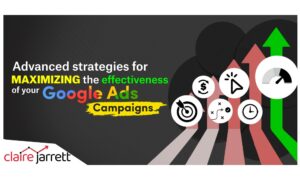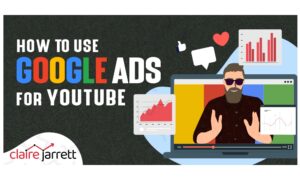When Should You Use Google Discovery Ads? Expert Tips!
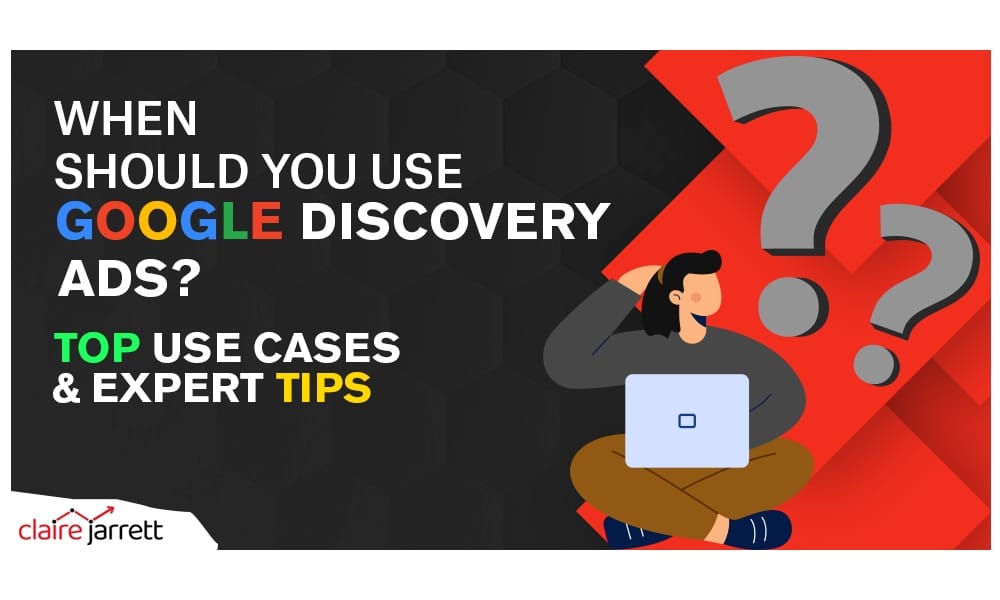
Last Updated on: 30th June 2025, 10:41 am
Gone are the days when you’d only see Google Discovery ads in the Chrome tab. Today, they appear on YouTube and in Gmail inboxes. But when should you use Google Discovery ads, and are they worth it?
It’s time to find out!
Coming for the switch to Demand Gen campaigns? Check my full guide here.
What Are Google Discovery Ads?
NOTE: Google Discovery ads are being fully replaced by Demand Generation campaigns.
If you’re a new advertiser, you might want to look into Demand Gen (spoiler alert: they’re best suited for big businesses) or make the most before Discovery campaigns are fully discontinued.
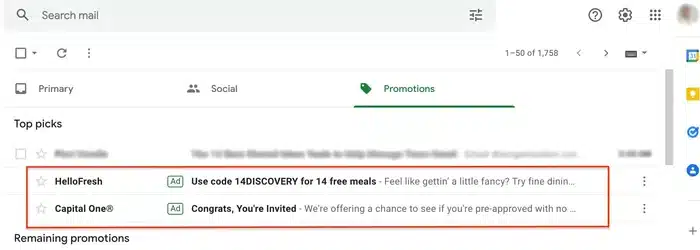
If you ever came across an ad in your Gmail Promotions tab, congrats: you were just exposed to a Google Discovery ad!
In general, Google Discovery ads leverage more automation and Google’s algorithmic cleverness to reach leads with a higher likelihood of converting. Google and Google Ads experts recommend using Discovery ads to retarget existing leads and experiment with scaling conversions.
On paper, Google’s Discovery ads look at consumer signals to understand when people are most susceptible to your offer (conversion or discovery, i.e., finding something new). However, you’ll need to let the algorithm do its thing for at least two weeks (the learning period) to see accurate results, which may not be the ideal option for advertisers on a budget.
Where Do Google Discovery Ads Show?
Google Discovery ads can appear in:
- YouTube feeds
- Gmail inboxes
- The Google Discover network
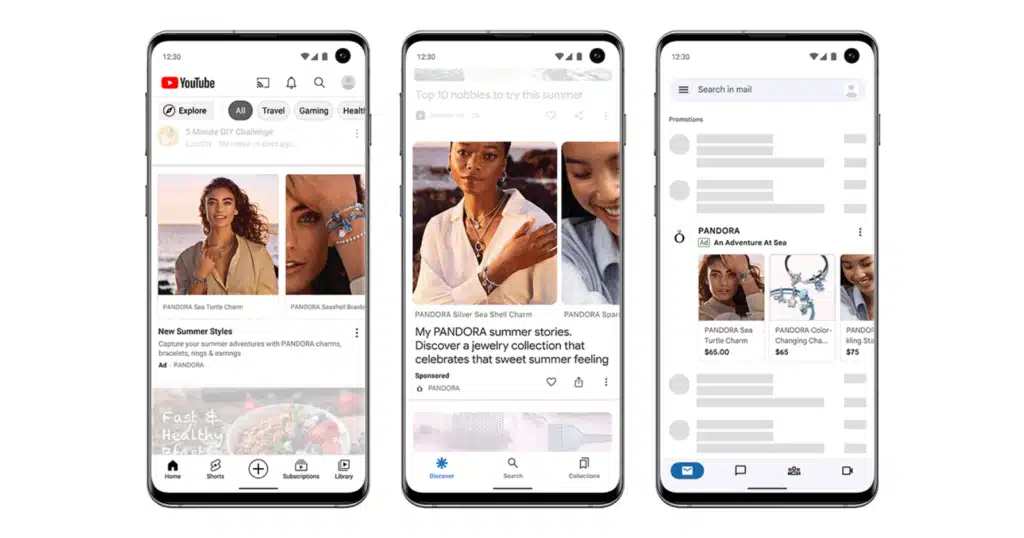
In my experience as a Google Ads coach, YouTube feed and Gmail Discovery ads are the most effective placements. Unfortunately, this leads us to the first disadvantage of this ad type…
Google Discovery Ads: Pros & Cons
You Can’t Exclude Placements (and Manage Other Campaign Details)
Because Google Discovery ads rely on machine learning, there are many campaign settings you can’t tweak, including placements. If you find that YouTube feed Discovery ads and Gmail ads work best for you, you can’t say no to Discover Network ads.
Similarly, you won’t be able to use manual bid strategies or control delivery methods, device targeting, frequency capping, ad rotation, and contextual targeting.
This is nothing new; we see it increasingly with ad types that leverage Google’s machine-learning capabilities.
However, it can get annoying for advertisers who want to optimise their budgets and don’t trust Google to have their best interests at heart.
Google Discovery Ads Are More Immersive
On the other hand, the key advantage of Google Discovery ads is that they’re more immersive.
Unlike other static ad types, Discovery ads allow users to interact with ads. For example, once you click on a Discovery ad in Gmail, the card will expand to tell you more about the brand’s offer.
Don’t Confuse Discovery Ads with YouTube Ads
Don’t expect Discovery ads to replace your YouTube ads. The goals, placements, and level of control aren’t the same, so be very clear about your objectives before choosing which campaign type you’d like to run.
For example, I’d run a Discovery campaign for clients who want to expand their audience, but I wouldn’t try and drive conversions from cold audiences.
Discovery Campaigns Need Ramp-up Time (and Budget)
I recommend Discovery ads to advanced advertisers because they have had their learning period and know their budget specifics.
For example, you shouldn’t optimise your Discovery ads too soon – they need at least 2 weeks to gather enough data, so Google can reach the right people and achieve its machine learning potential.
Similarly, Google recommends setting a 10x target CPA daily budget. For example, if your target CPA is $100, you’d need to set a daily budget of at least $1000. Again, this is for machine learning purposes; Google’s AI is a veritable data “cookie monster.”
If you already generate high enough ROI from your other campaigns, Discovery ads are a fantastic way to expand your success (when done right). But if you’re a new advertiser, running a basic Google AdWords campaign might be better.
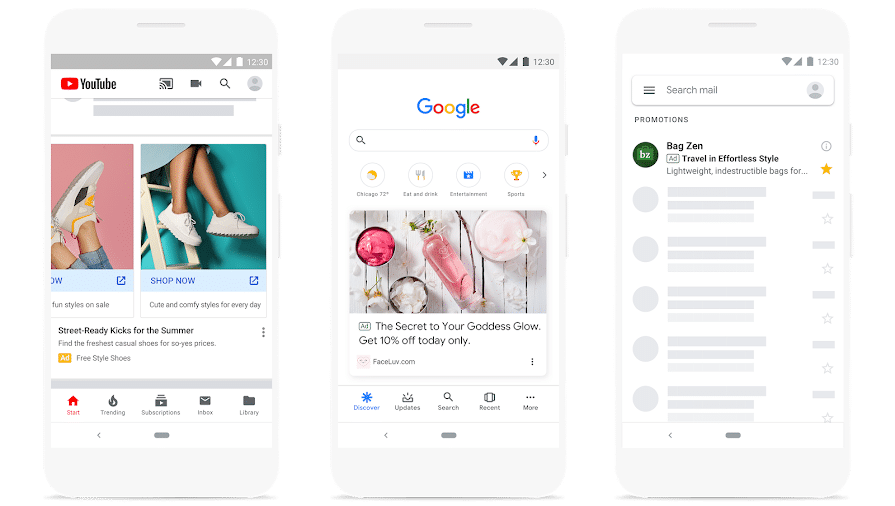
How to Create a Google Discovery Ad (Step-by-Step)
Step 1. Set up the Basics
- Log into the Google Ads manager
- Create a new campaign
- Select your campaign goal
- Select “Discovery Campaign”
- Select geographic targeting
- Select language targeting
Step 2. Choose Your Discovery Ad Campaign Audience
You have three options for your Discovery audiences:
- Custom intent
- Your audience data
- In-market audiences
Custom intent allows you to add keywords, visited URLs, and other parameters to target new audiences. For example, you can target people who recently searched for specific keywords or visited competitors’ websites. However, this targeting option will be phased out starting in May.
You can also use your audience data to reach prospects via Discovery ads. These are typically your remarketing lists or first-party data from your CRM.
Finally, using in-market audiences is one of the most interesting targeting options if you want to expand your audience and reach new audience segments. With in-market audiences, Google will display your ads to people performing relevant searches and comparing products related to yours.
Step 3. Set Your Bidding & Budget
Google Discovery ads use automated bidding strategies, including tCPA and tROAS. Before creating your Discovery campaign, ensure you’ve enabled conversion tracking for Google Ads so that you can use the right approach.
Again, remember to increase your budget significantly so Google can gather enough data.
Step 4. It’s Time to Get Creative!
You can run two types of Discovery ads: single-image ads and carousel ads. With both, you’ll need to upload:
- 3-5 headlines
- 1-5 descriptions
- 1 CTA
- 1 URL
- 1-3 landscape images
- 1-3 square images
- 1-3 portrait images
- 1 logo
- (Carousel ads) 2-10 card images
You can also add a lead form to your ads. If you run an eCommerce business, you can create additional assets to integrate your Discovery ad with your Google Merchant Center catalogue. You’ll see a prompt to select product groups and create an introduction card.
From there, Google will test the best-performing combinations by mixing & matching different assets.
Google Discovery Ads Best Practices
In addition to making sure your ad creatives look good and make sense when Google tries different combinations, make the most of your Discovery campaign by:
- Toggling “Automatic Targeting” off. Automatic targeting is excellent for running a new lead generation or brand awareness campaign. However, you don’t want to have Google expand your audience when running a remarketing campaign, so toggle the “Optimised Targeting” option off.
- Using Google Discovery ads as a learning opportunity. Harness the data Google’s machine learning algorithm provides to identify new profitable channels and audience segments. Then, apply the learnings to other campaigns.
- Going all out on the visuals. Since you’re not appearing when people are actively looking for you (as with Search ads), your ad needs to be show-stopping or, at the very least, scroll-stopping. Tell a story with your carousels and use exciting visuals without too much text in the image. This is much easier for businesses like car dealerships, but somewhat harder for SaaS companies.
Google Discovery ads shouldn’t be the only campaign type you run. However, in the hands of an experienced advertiser, it can bring you significant ROI.
If you need personalised help, get in touch with me. I have helped thousands of business owners turn Google Ads into their personal lead gen facility, and I’d love to help you!
Or, if you’d prefer to launch a search campaign that converts, get your copy of my best-selling Google Ads book to achieve rapid success in 7 simple steps!


